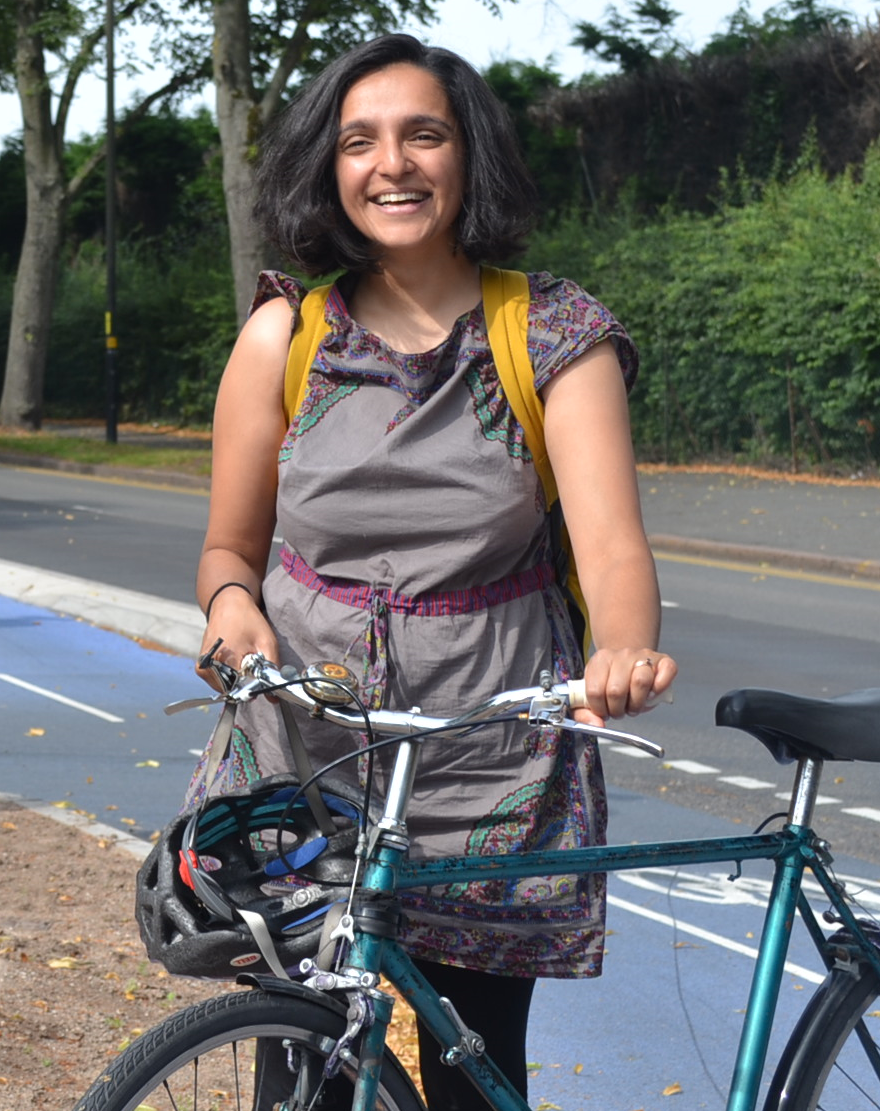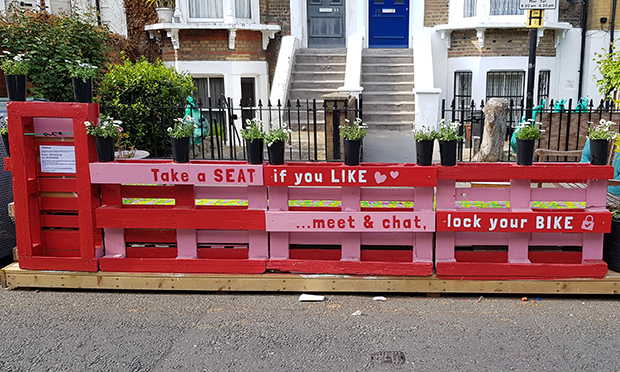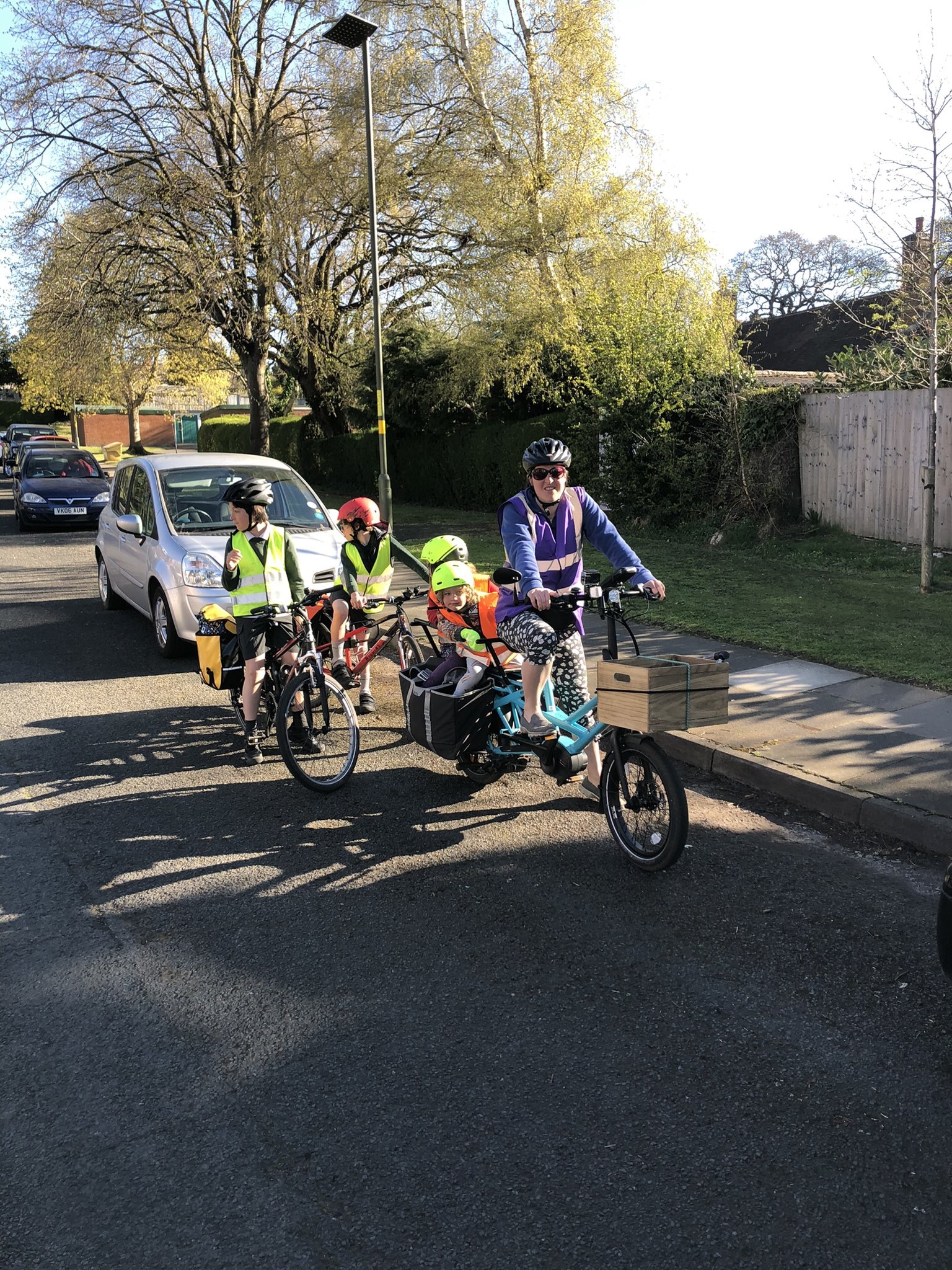The tide is turning
Renewable energy has lately hit many landmark moments, with 2019 set to be the first year ever where fossil fuels are projected to produce under half of UK’s electricity.
Despite the significant increase in renewable energy (production and proportion in the energy mix), we still need to tackle many challenges until we can achieve a society in which renewable energy can truly be sustainable. The way renewable electricity is produced, the questioned potential of batteries and how we go about using Electric Vehicles pose as issues to achieving the goal.
Challenges remain
The fact that renewable relies on nature, and cannot simply be turned on and off is an obvious flaw. When the sun comes out we can create energy but when the clouds come out we can’t. This may seem like a simple concept to solve but many factors make this a difficult challenge to overcome. In addition, HOW electricity is supplied, especially to do with what’s called “electrical frequency” becomes a factor that makes this issue more complicated..
The electricity we use on an everyday basis is sustained on a very delicate balance of how much electricity we use (demand) and how much electricity is made (supply). When we use more electricity than can be made, electrical frequency falls, and when we don’t use enough of the electricity available, electrical frequency goes up (I’ve only watched a few seconds but this video may be worth a watch). The supply or demand being bigger than the other can create mass blackouts across the country and this delicate balance can easily be disturbed. An example can be how a freak storm followed by calm and sunny weather can change how much solar energy and wind energy is created.
Energy storage
But what IF a storm does happen and the supply of electricity becomes much bigger than the demand? This is where batteries can potentially come in to save the day (hurrah) – when there’s excess supply the energy can be stored, and when there’s not enough supply (excess demand) the batteries can kick into action and provide more power into the grid.
However, different types of batteries have different uses and merits. Batteries that store more energy take longer to start and batteries that take a shorter time to switch on can store less. Which batteries to be used and when can be crucial since changes in frequency both ways need to be dealt with quickly. For this reason, organizations such as the national grid have different schemes to deploy various types of batteries according to what they can do. As an example, when the frequency falls, faster and smaller batteries kick in to quickly cover for the sudden fall in frequency, and by the time their capacity is used up, the batteries with more capacity would have been able to turn on to provide power for longer – this relay continues until another power source (eg gas) can provide the loss of power/ frequency for a sustained period.
Batteries are the key to a sustainable renewable future, so why aren’t we using them more? Although batteries are being increasingly used in the electricity grid, its usage won’t be sustained if providers are not able to provide a sustained income. The national grid is working hard to create a market that merits producers but the market is still new and will take a while to maturity and for profit sustainable measures to be implemented.
The demand for batteries and the materials to make them are ever increasing – especially with the increasing demand for Electric Vehicles in light of the abolition of petrol and diesel cars. The issue is that these materials are made from Lithium and Cobalt. Cobalt is currently known to be abundant in places such as the Democratic Republic of Congo, where the labour conditions and the volatile market hinder many people (especially big companies that have strict due diligence policies) from putting in money. Lithium is also another material used but many are worried that the surge of EVs in the future may stricken the supply of the metal. This has led to companies and projects to seriously think about recycling lithium ion batteries.
Challenges for battery use
In addition to the battery issues, the future where we all use Electric cars and 5G gadgets may also be an issue. More EVs, more phones to charge and more Alexas mean that we will be using significantly more electricity than we will ever be using. This comes back to the frequency problem – since the more we use electricity, the more we will be prone to electricity demand being larger than supply.
Conclusion
In conclusion, despite the positive sentiment of coal by certain world leaders, it is a commodity that is being regulated very harshly, not receiving much money and is deemed as increasingly unreliable in a transparent world. However, we must not forget that renewable power sources still do have a long way to go, as whether we can charge our phones are reliant on how sunny or windy it is, more improvements are needed for batteries to thrive and be sustainable, and the more we use electricity, the more problems can arise.
I hope I was able to give you an insight into the bigger picture of what’s behind the big change in environmental policy we are seeing in the last few years.








